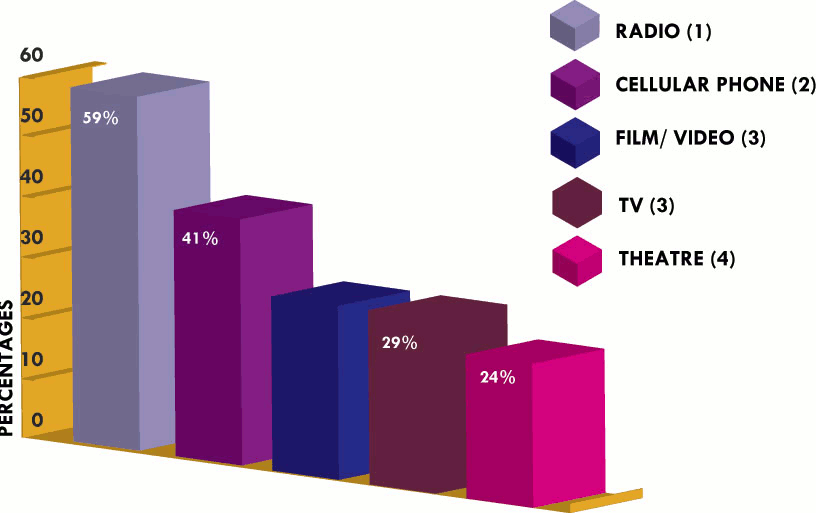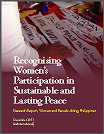People’s Communications for Development: How Intermediary Groups Use Communication Tools for Grassroots Women’s Empowerment?
People’s Communications for Development is a three-year study conducted by Isis International-Manila in collaboration with four partner organizations in India, in Thailand, in the Fiji Islands and in Papua New Guinea1. In coordination with organisations involved with grassroots women across these five countries, the study analyses extensive interviews and focus group discussions in order to examine the relationship between communication tools and empowerment within the lives of grassroots women in the developing South.
What came out in the Philippines?
- Filipino intermediary groups’ emphasis of the use of interactive communication tools


COMMUNICATION TOOLS USED BY INTERMEDIARY GROUPS
The top communication tools used by a majority of the groups were film/video, radio, computer, theatre, and cellular phone. The use of radio and cellular phones implies the difficulties faced by people in areas which are either too poor or too remote to experience good services. The wide reach and coverage of these tools have made it possible for the groups to interact with more grassroots women in more areas.
- Cellular phones have become a staple among Filipinos, female or male, young or old, rich or poor

COMMUNICATION TOOLS MOST ACCESSIBLE TO GRASSROOTS WOMEN
The tools most accessible to grassroots women, as observed by the intermediary groups, are the cellular phone, films/videos, radio, and other paper-based tools like manila paper, primers, manuals and metacards. Not surprisingly, the cellular phone appears to be the most accessible to grassroots women according to 71 percent of the respondents.
- Too expensive and technical communication tools are not accessible

COMMUNICATIONS TOOLS LEAST ACCESIBLE TO GRASROOTS WOMEN
As perceived by the intermediary groups, the internet, computer, TV, and interestingly, the cellular phone, are the least accessible tools for the grassroots. The internet appears to be the least accessible tool to women according to 76 percent of respondents due to cost considerations. Since internet requires a computer and a landline phone which are tools and services the grassroots could hardly afford, this medium is alien to many of them.
- Radio, top one in terms of effectiveness, reach even the most far-flung areas

MOST EFFECTIVE COMMUNICATION TOOLS
When asked what they consider to be the most effective communication tools, the topmost answers were radio, cellular phone, film/video and TV. Radio was perceived by 10 out of 17 respondents to be the most effective tool. Information broadcasted over the radio has a very high probability of reaching its target communities, particularly grassroots women, immediately. Grassroots women learn quickly about these pieces of information and are able to respond or prepare quickly as well.
- Effective communication tool should have a wide reach and be interactive

REASONS WHY A TOOL IS EFFECTIVE
The top three reasons given as to why a communication tool was considered effective are the following: (1) its interactive nature; (2) its wide-reaching coverage; and, (3) its visually stimulating nature. These topmost reasons coincide with the reasons cited above with regard to the most effective communication tools.
- Effectiveness is also based on access and speed

LEAST EFECTIVE COMMUNICATION TOOLS
The communication tools that are considered least effective were computer, internet, letter and book. The computer, as mentioned by 28 percent of the respondents, was perceived as least effective. However the respondents clarified that the reason for its ineffectiveness was due to its inaccessibility among the grassroots and not its inherent nature as a tool. Letters have been recognised by 21percent of the respondents as least effective as well because of the time it takes for letters to arrive unless they are hand carried. This has become particularly evident in the advent and popularity of the computer and the cellular phone.





 The
The 
 Isis Resource Center holds one of the largest feminist collections of materials in the Global South. With 40 years of publication experience, Isis holds a vast collection.
Isis Resource Center holds one of the largest feminist collections of materials in the Global South. With 40 years of publication experience, Isis holds a vast collection.